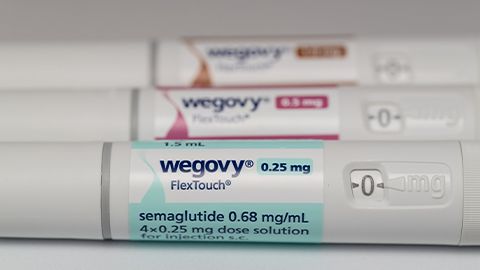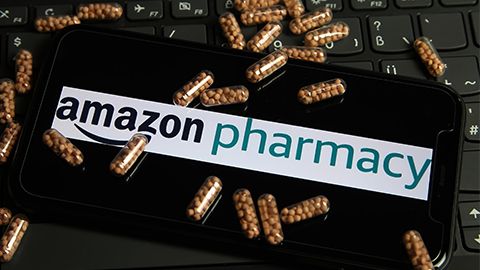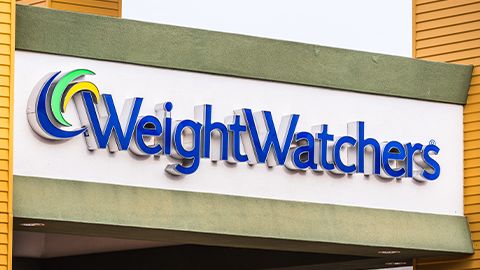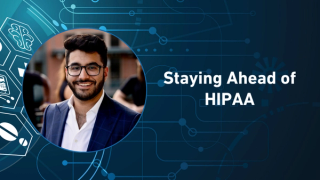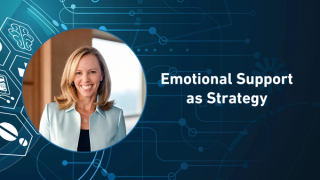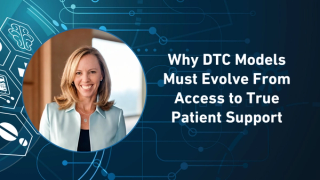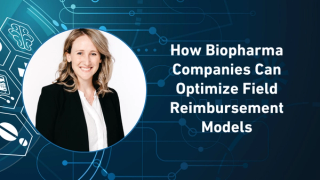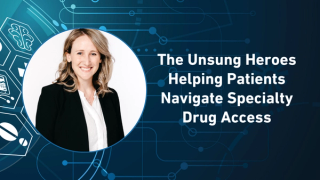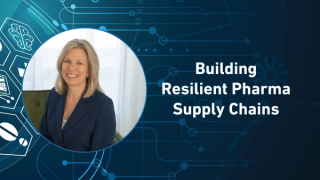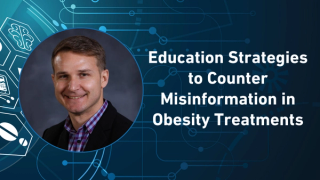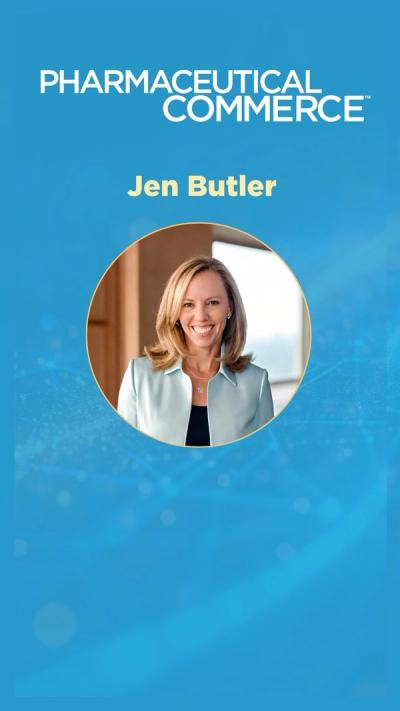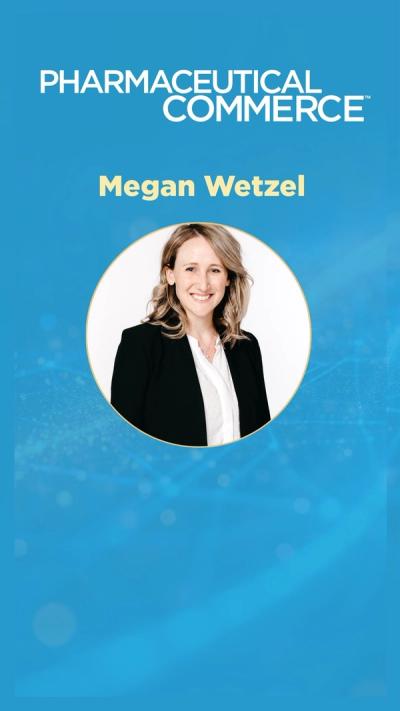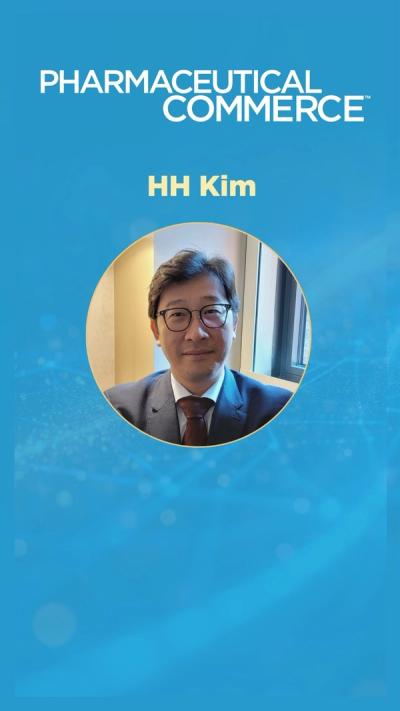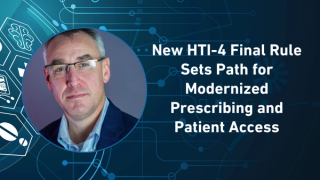
Patient Support
Latest News
Latest Videos

Shorts
Podcasts
More News

The addition of Starjemza reinforces Mark Cuban Cost Plus Drugs' effort to expand access to affordable specialty medicines through its transparent cost-plus pricing model, while also enhancing patient support via a new partnership with Medchat.ai.

Set to debut in California this December, Amazon’s new pharmacy kiosks aim to streamline care by letting One Medical patients pick up prescriptions right after appointments, eliminating the need for a separate pharmacy visit.

Life sciences organizations have an opportunity to move beyond patient-centered care and embrace a model that values lived experience, fosters collaboration, and positions patients as active contributors to research, treatment, and innovation.

The addition of Evo’s cryogenic shipping and tracking technology enhances Peli BioThermal’s reach across the pharma value chain, driving innovation and integration in temperature-controlled logistics while supporting these therapies.

Amid intensified competition—and evolving IRA and PBM dynamics—leaders in the access space must now adopt a strategist mindset.

The new 5-million-cubic-foot biorepository enhances cold chain logistics, expands biopharma storage capacity, and strengthens New Jersey’s position as a life sciences hub.
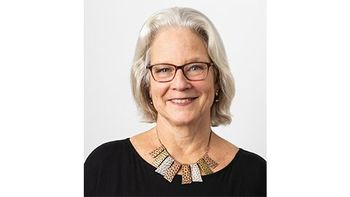
Marketed as cost-saving tools, AFPs can also strain safety-net resources.
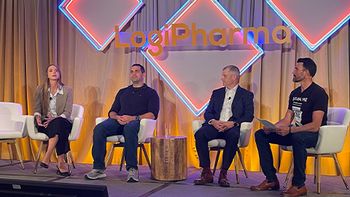
Experts from Moderna, Revelation Pharma, and Alexion offer ways to reduce risks, improve real-time visibility, and ensure product integrity in the growing ship-to-home market.

Supply chain leaders share strategies to address persistent drug shortages, highlighting vulnerabilities, manufacturing complexities, and the importance of cross-industry collaboration.
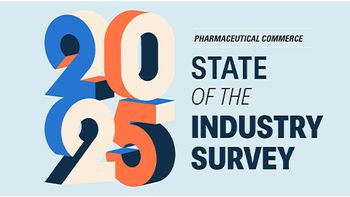
Capturing insights from executives and industry experts on the biggest challenges shaping pharma today, from drug pricing pressures and access barriers to supply chain shifts, digital adoption, and evolving patient-centered care strategies.

Through its “BMS Patient Connect” platform, the company is lowering out-of-pocket costs and providing nationwide shipping, making the treatment for affordable and accessible for US patients.

This episode of Pharma Pulse covers the CDC’s unanimous vote to broaden COVID-19 vaccine recommendations for all adults, new data showing the Medicare Part D Senior Savings Model lowers insulin costs and improves care, and Eli Lilly’s investment in a new Houston manufacturing facility to support its fast-growing pipeline.

This episode of Pharma Pulse covers the FDA’s review of a possible link between prenatal acetaminophen use and autism, GSK’s supplemental new drug application to update leucovorin labeling, and Celltrion’s acquisition of an Eli Lilly production facility to expand biologics manufacturing capacity.

This episode of Pharma Pulse covers ACIP’s move toward shared decision-making for COVID-19 vaccines, Pfizer’s acquisition of Metsera to strengthen its obesity and cardiovascular pipelines, and Closed Loop Medicine’s partnership with Wedosify to improve patient adherence to GLP-1 therapies.

Closed Loop Medicine Debuts WeDosify in US to Personalize GLP-1 Dosing and Improve Patient Adherence
The platform enables clinicians to tailor GLP-1 titration at scale, aiming to reduce discontinuation rates and improve long-term outcomes for patients undergoing obesity treatment.

Takeda will be shipping treatments between Europe and the US using VELA’s sailing cargo trimaran, potentially reducing greenhouse gas emissions by up to 99% when compared with air freight.
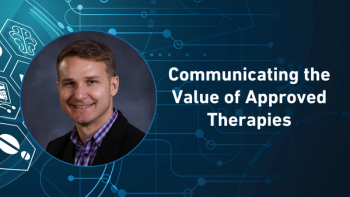
In the third part of his Pharma Commerce video interview, Derrick Gastineau, head of marketing with Currax Pharmaceuticals, notes that in a crowded weight management landscape, marketers play a critical role in combating misinformation by ensuring healthcare providers and patients have clear, accurate information on the safety, efficacy, and access pathways of FDA-approved treatments.

A new JAMA Network Open study highlights how over-the-counter oral contraceptives can reduce barriers to care, especially for uninsured, rural, and adolescent populations, amid shifting federal policies on reproductive health.
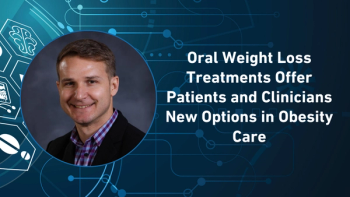
In the second part of his Pharma Commerce video interview, Derrick Gastineau, head of marketing with Currax Pharmaceuticals, points out that as patient fatigue grows with injectable therapies, oral alternatives are emerging as vital tools for clinicians and patients alike, expanding choice, improving access, and supporting more personalized obesity treatment strategies.
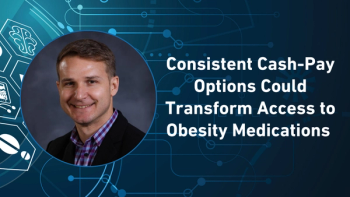
In the first part of his Pharma Commerce video interview, Derrick Gastineau, head of marketing with Currax Pharmaceuticals, explains how predictable, affordable pricing models for FDA-approved oral weight loss drugs can reduce barriers to care, improve long-term adherence, and support better outcomes for patients managing chronic obesity.

This episode of Pharma Pulse covers Novartis’ acquisition of Tourmaline Bio to advance its cardiovascular candidate Pacibekitug, new research uncovering biological and immunological factors driving flu severity in older adults, and strategies to address the top five reasons patients don’t take their medications.

By reducing waste, improving forecasting, and strengthening payer negotiations, these technologies are helping pharmaceutical companies unlock efficiency, accelerate adoption, and differentiate in competitive markets.

In the first part of their Pharma Commerce video interview, Boyede Sobitan and Annika Matas of Zebra Technologies warn that ongoing medication shortages are forcing staff to borrow supplies, delay procedures, and divert nurses from patient care to logistical tasks, creating both financial pressures and operational inefficiencies.
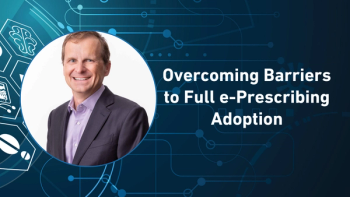
In the final part of his Pharma Commerce video interview, Diogo Rau, executive vice president and chief information and digital officer for Eli Lilly and Company, focuses on physician demand, global momentum, and how US legislation can help the industry finally move beyond paper.
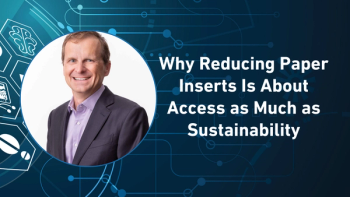
In the second part of his Pharma Commerce video interview, Diogo Rau, executive vice president and chief information and digital officer for Eli Lilly and Company, highlights that cutting down on the 90 billion sheets of paper used for medicine inserts each year isn’t just an environmental win—it’s also a critical step toward making drug information more accessible for patients with vision challenges, language barriers, or cognitive and physical disabilities.



